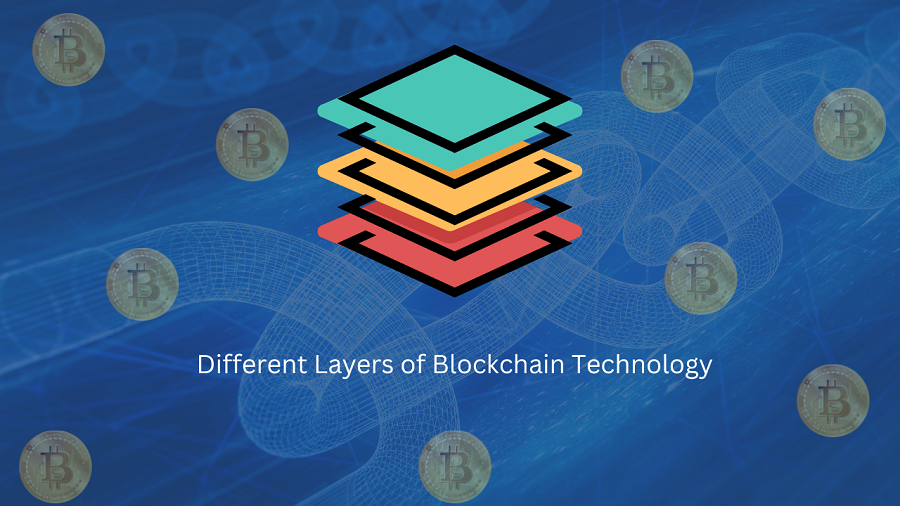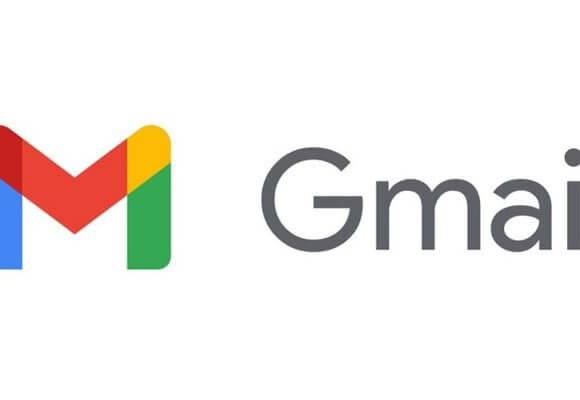|
LISTEN TO THIS THE AFRICANA VOICE ARTICLE NOW
Getting your Trinity Audio player ready...
|
As blockchain technology continues to revolutionize industries, it’s essential to understand the different layers that make up the blockchain. Blockchain technology comprises three layers, each with its unique function, that ensures the security and immutability of data stored on the blockchain. In this article, we’ll explore the different layers of blockchain technology and how they work together to make blockchain secure and decentralized.
Are you fascinated by blockchain technology, but you’re not sure how it works? Understanding the different layers of blockchain technology can help you appreciate its potential and use cases.
Blockchain technology is a distributed database that allows transactions to be verified and stored in a secure and decentralized way. Blockchain technology works by recording and verifying transactions on a public ledger, ensuring that the transactions are transparent and immutable. The public ledger is maintained by a network of computers that work together to ensure that every transaction is verified, and no single entity can manipulate the data.
The blockchain is comprised of three layers: the network layer, the consensus layer, and the application layer. Each layer serves a unique function in ensuring the security, transparency, and immutability of the blockchain.
Network Layer
The network layer is the foundation of the blockchain. It provides the infrastructure for the blockchain network to function. The network layer comprises a network of nodes that are responsible for maintaining the blockchain. Nodes are individual computers that are connected to the network and work together to maintain the blockchain.
The network layer uses a peer-to-peer (P2P) protocol to communicate between nodes. This means that every node on the network has a copy of the blockchain, and any changes to the blockchain are broadcast to every node on the network. This ensures that every node on the network has a copy of the blockchain and can verify transactions.
The network layer is also responsible for managing the security of the blockchain. Nodes on the network use cryptographic algorithms to encrypt and decrypt data, ensuring that data transmitted across the network is secure and tamper-proof.
Consensus Layer
The consensus layer is responsible for ensuring that the data stored on the blockchain is accurate and tamper-proof. The consensus layer uses a consensus algorithm to ensure that every node on the network agrees on the state of the blockchain. The consensus algorithm is a set of rules that govern how nodes on the network verify transactions and add them to the blockchain.
There are different types of consensus algorithms, including Proof of Work (PoW), Proof of Stake (PoS), and Delegated Proof of Stake (DPoS). Each consensus algorithm has its unique way of verifying transactions and adding them to the blockchain.
The consensus layer also ensures that the blockchain is decentralized. Decentralization means that no single entity has control over the blockchain. Instead, the blockchain is maintained by a network of nodes that work together to verify transactions and maintain the blockchain.
Application Layer
The application layer is the layer that interacts with the end-users. The application layer comprises the applications that run on top of the blockchain, such as smart contracts and decentralized applications (dApps). Smart contracts are self-executing contracts that automatically execute when certain conditions are met. dApps are applications that run on a blockchain network, and they offer many benefits, such as increased security, transparency, and efficiency.
The application layer interacts with the consensus layer to execute smart contracts and transactions on the blockchain. Smart contracts can automate many business processes, such as payments, record-keeping, and asset transfers. dApps can provide many benefits, such as decentralized storage, decentralized communication, and decentralized finance.
In conclusion, blockchain technology comprises three layers: the network layer, the consensus layer, and the application layer. The network layer provides the infrastructure for the blockchain network to function, the consensus layer ensures that the data stored on the blockchain is accurate and tamper-proof, and the application layer interacts with the end-users and executes smart contracts and transactions on the blockchain. Understanding the different layers of blockchain technology is crucial to appreciate its potential and the benefits it can offer to various industries. As blockchain technology continues to evolve, it’s essential to stay updated on the latest developments and use cases to leverage its full potential.









LEAVE A COMMENT
You must be logged in to post a comment.